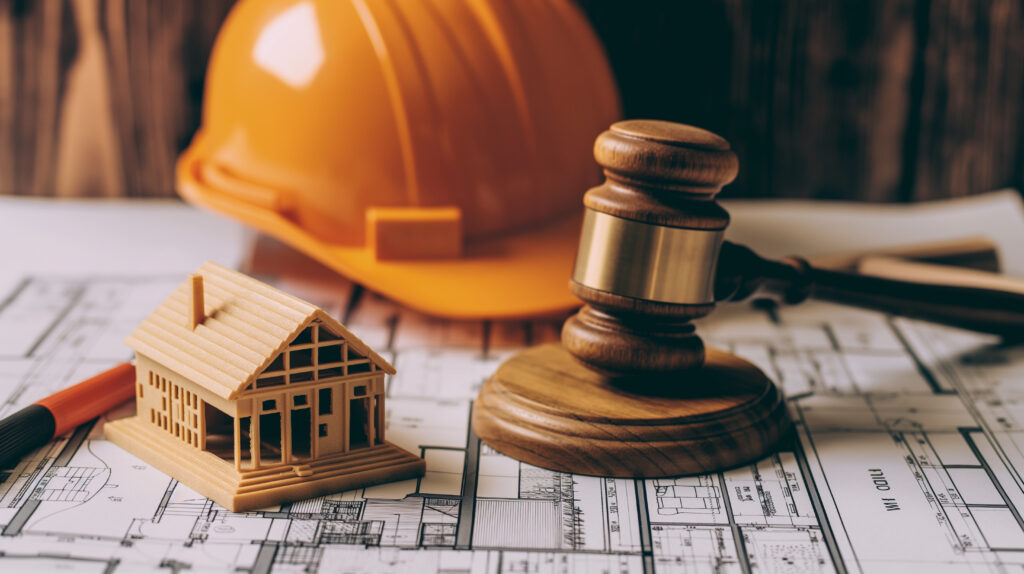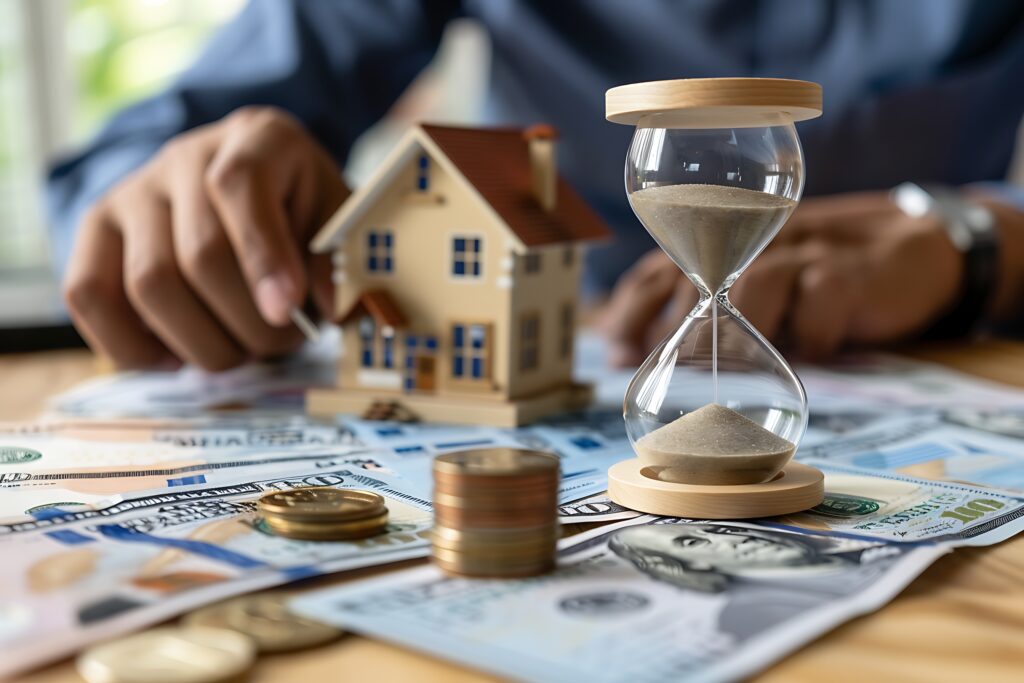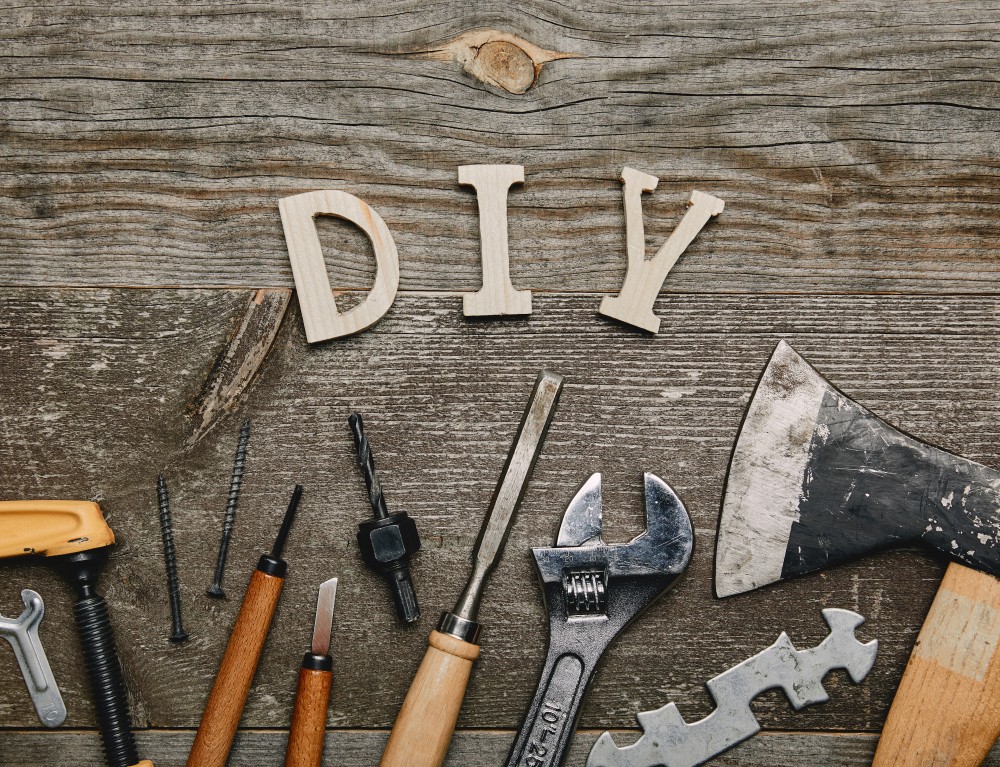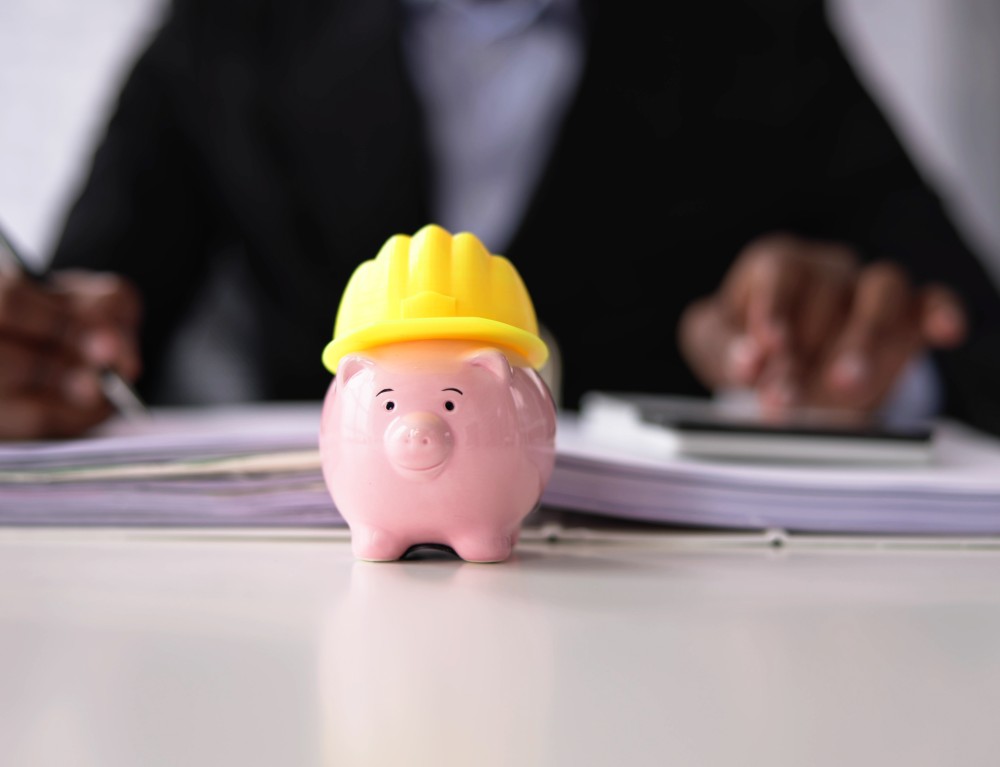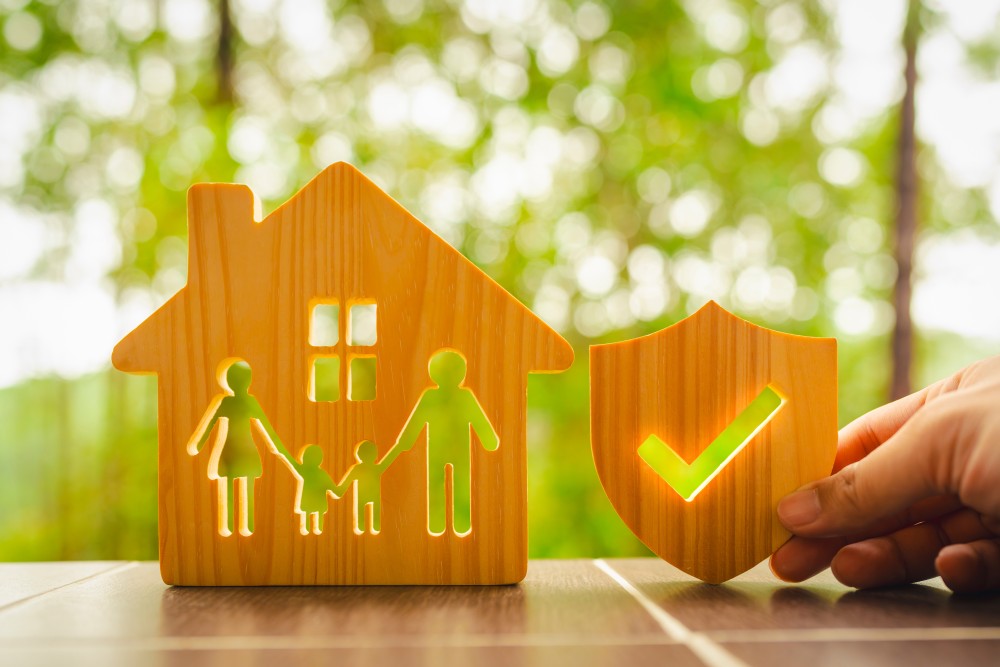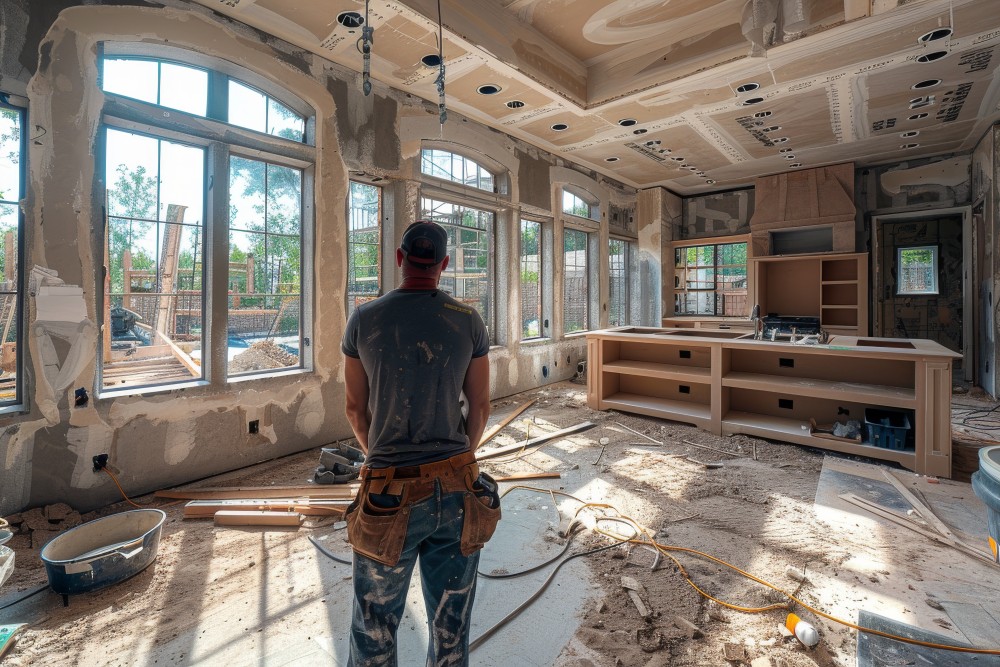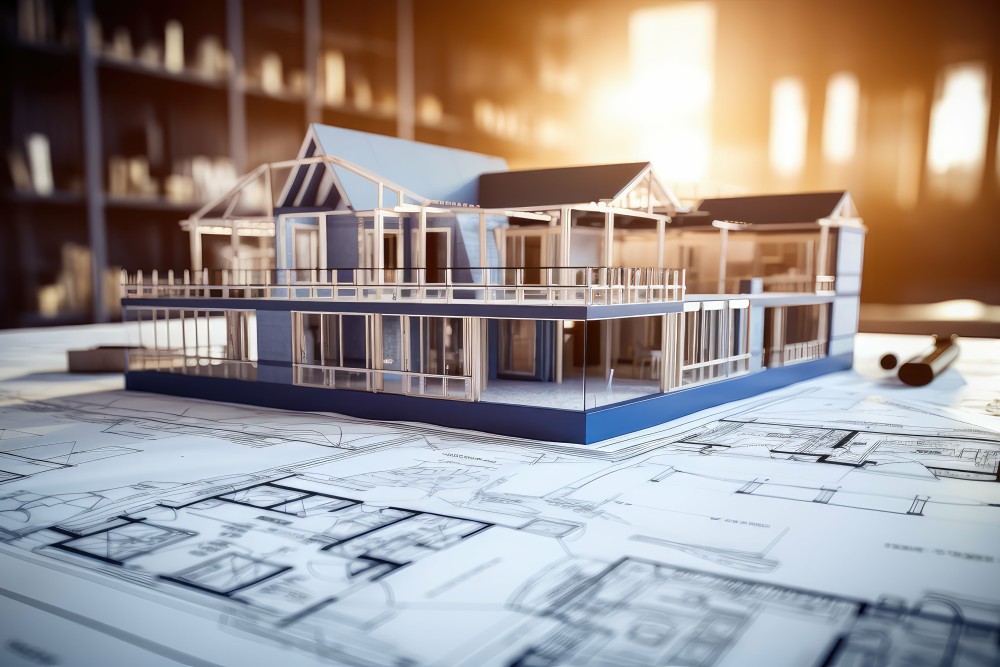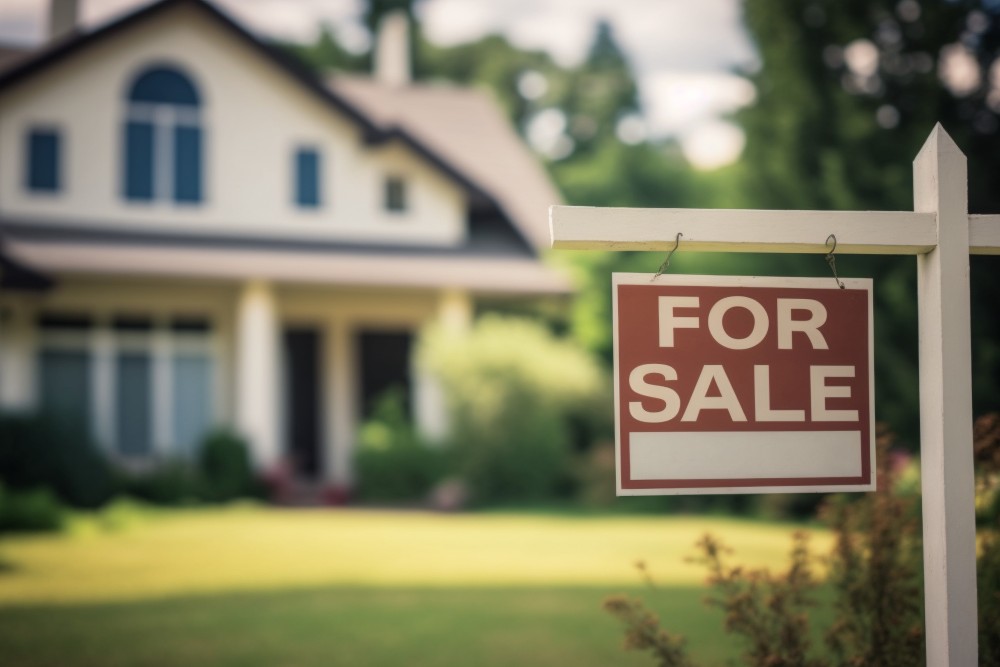Benefits of Energy-Efficient Home Improvements
1. Lower Energy Bills
- Reduced Consumption: Energy-efficient appliances and improvements reduce the amount of energy your home consumes. This directly translates to lower utility bills.
- Long-Term Savings: While the initial investment might be higher, the long-term savings on energy costs can be substantial, making these upgrades cost-effective over time.
2. Increased Home Value
- Market Appeal: Energy-efficient homes are more attractive to buyers. Features such as solar panels, energy-efficient windows, and modern insulation can increase the resale value of your property.
- Faster Sale: Homes with energy-efficient improvements often sell faster than those without, as more buyers are looking for properties that offer lower operating costs and environmental benefits.
3. Enhanced Comfort
- Improved Insulation: Proper insulation keeps your home warmer in the winter and cooler in the summer, enhancing overall comfort.
- Better Indoor Air Quality: Energy-efficient homes often have better ventilation systems, which improve indoor air quality by reducing pollutants and allergens.
4. Environmental Impact
- Reduced Carbon Footprint: By consuming less energy, energy-efficient homes produce fewer greenhouse gas emissions, contributing to a healthier planet.
- Sustainable Living: Using renewable energy sources, such as solar power, promotes sustainable living and reduces reliance on fossil fuels.
5. Improved Durability and Maintenance
- High-Quality Materials: Many energy-efficient improvements, such as windows and HVAC systems, are made with high-quality materials that are more durable and require less maintenance.
- Advanced Technologies: Modern technologies used in energy-efficient appliances and systems often come with better warranties and longer lifespans.
Join HICP Homeowner’s Alliance
Connect with experts, get special discounts and enjoy member benefits
Popular Energy-Efficient Home Improvements
1. Insulation and Sealing
- Attic and Wall Insulation: Proper insulation is key to maintaining a consistent temperature and reducing energy consumption.
- Air Sealing: Sealing gaps and cracks around windows, doors, and other openings prevents drafts and heat loss.
2. Energy-Efficient Windows and Doors
- Double or Triple Glazing: Upgrading to double or triple-glazed windows improves insulation and reduces heat loss.
- Weather-Stripping: Installing weather-stripping on doors and windows prevents drafts and improves energy efficiency.
3. High-Efficiency HVAC Systems
- Modern Heating and Cooling Systems: Upgrading to high-efficiency HVAC systems ensures better performance and lower energy consumption.
- Smart Thermostats: Programmable thermostats allow you to control your home’s temperature more efficiently, reducing energy use when you’re not at home.
4. Solar Panels
- Renewable Energy: Installing solar panels reduces your reliance on grid electricity and can significantly lower your energy bills.
- Net Metering: Many areas offer net metering programs, allowing you to sell excess electricity back to the grid, further offsetting costs.
5. Energy-Efficient Appliances
- ENERGY STAR® Appliances: Choosing ENERGY STAR® certified appliances ensures they meet high energy efficiency standards.
- LED Lighting: Replacing traditional incandescent bulbs with LED lighting reduces energy consumption and lasts longer.
6. Water-Saving Fixtures
- Low-Flow Showerheads and Faucets: Installing low-flow fixtures reduces water usage without compromising performance.
- High-Efficiency Toilets: These toilets use less water per flush, conserving water and lowering utility bills.
Incentives for Energy-Efficient Home Improvements
To encourage homeowners to make energy-efficient upgrades, various incentives are available at the federal, state, and local levels. Here are some common incentives you can take advantage of:
1. Federal Tax Credits
- Residential Renewable Energy Tax Credit: This federal tax credit allows homeowners to deduct a portion of the cost of installing renewable energy systems, such as solar panels and wind turbines, from their federal taxes.
- Energy-Efficient Home Improvement Credit: This credit applies to certain energy-efficient improvements, such as insulation, windows, and HVAC systems.
2. State and Local Rebates
- Rebate Programs: Many states and local governments offer rebates for energy-efficient home improvements. Check with your state energy office or local utility company for available programs.
- Property Tax Exemptions: Some areas offer property tax exemptions for homes with energy-efficient upgrades, reducing your overall tax burden.
3. Utility Company Incentives
- Rebates: Utility companies often provide rebates for purchasing and installing energy-efficient appliances and systems.
- Discounted Energy Audits: Some utility companies offer discounted or free energy audits to help homeowners identify areas for improvement.
4. Energy-Efficient Mortgages
- EEMs: Energy-Efficient Mortgages allow homeowners to finance energy-efficient upgrades as part of their mortgage. These loans can help cover the cost of improvements, making it easier to invest in energy efficiency without a significant upfront expense.
5. PACE Financing
- Property Assessed Clean Energy (PACE) Programs: PACE financing allows homeowners to finance energy-efficient improvements through their property tax bill. PACE programs offer long-term, low-interest financing that is repaid through an annual assessment on your property taxes.
6. Manufacturer Rebates
- Incentives from Manufacturers: Many manufacturers offer rebates or discounts on energy-efficient products, such as appliances and HVAC systems. Always check for available manufacturer incentives when purchasing new products.
Investing in energy-efficient home improvements offers numerous benefits, from lowering energy bills and increasing home value to enhancing comfort and reducing your carbon footprint. By taking advantage of available incentives, you can make these upgrades more affordable and accessible. Whether you’re planning a major renovation or a few small changes, energy-efficient improvements are a smart investment for your home and the planet. Start exploring your options today and enjoy the long-term benefits of a more energy-efficient home.



